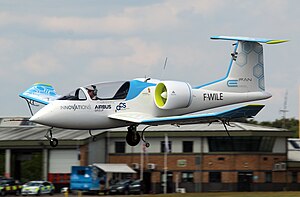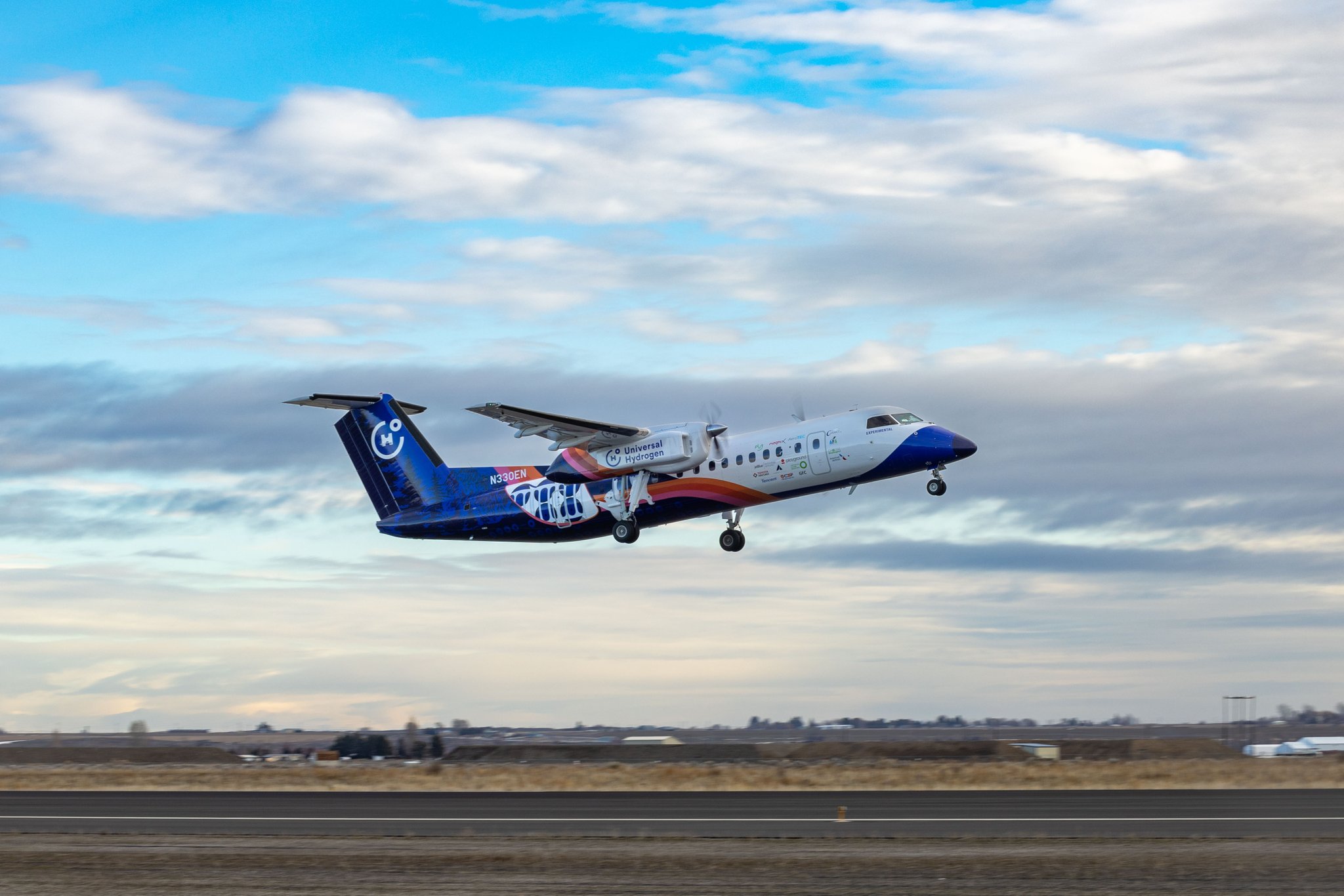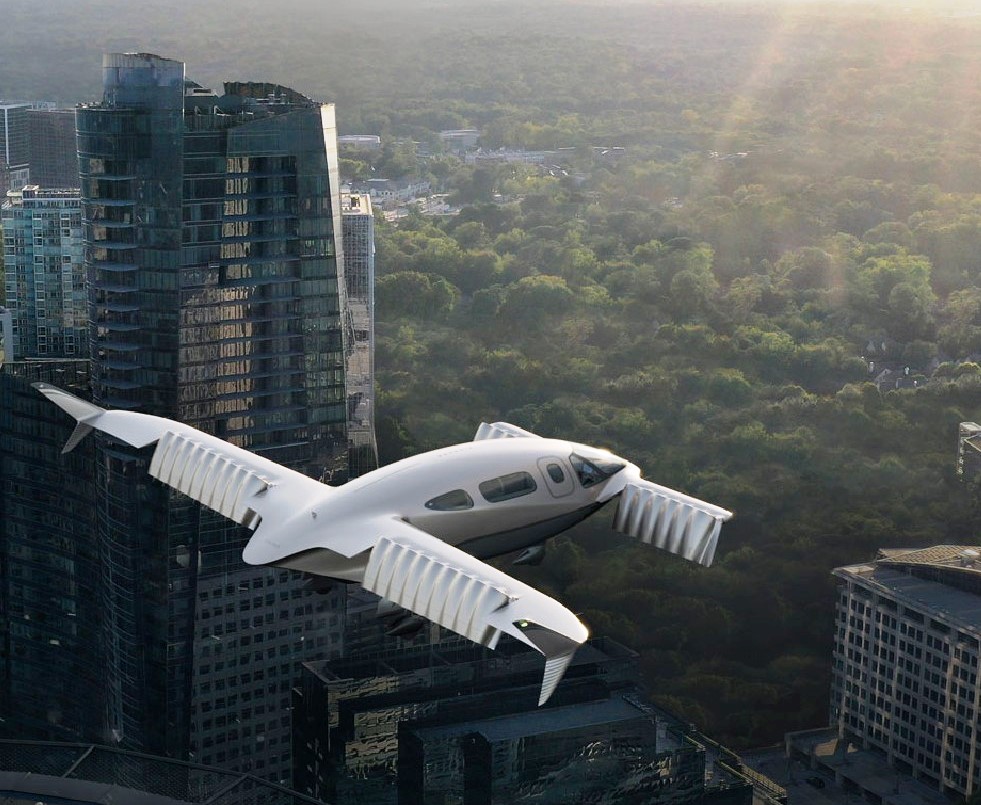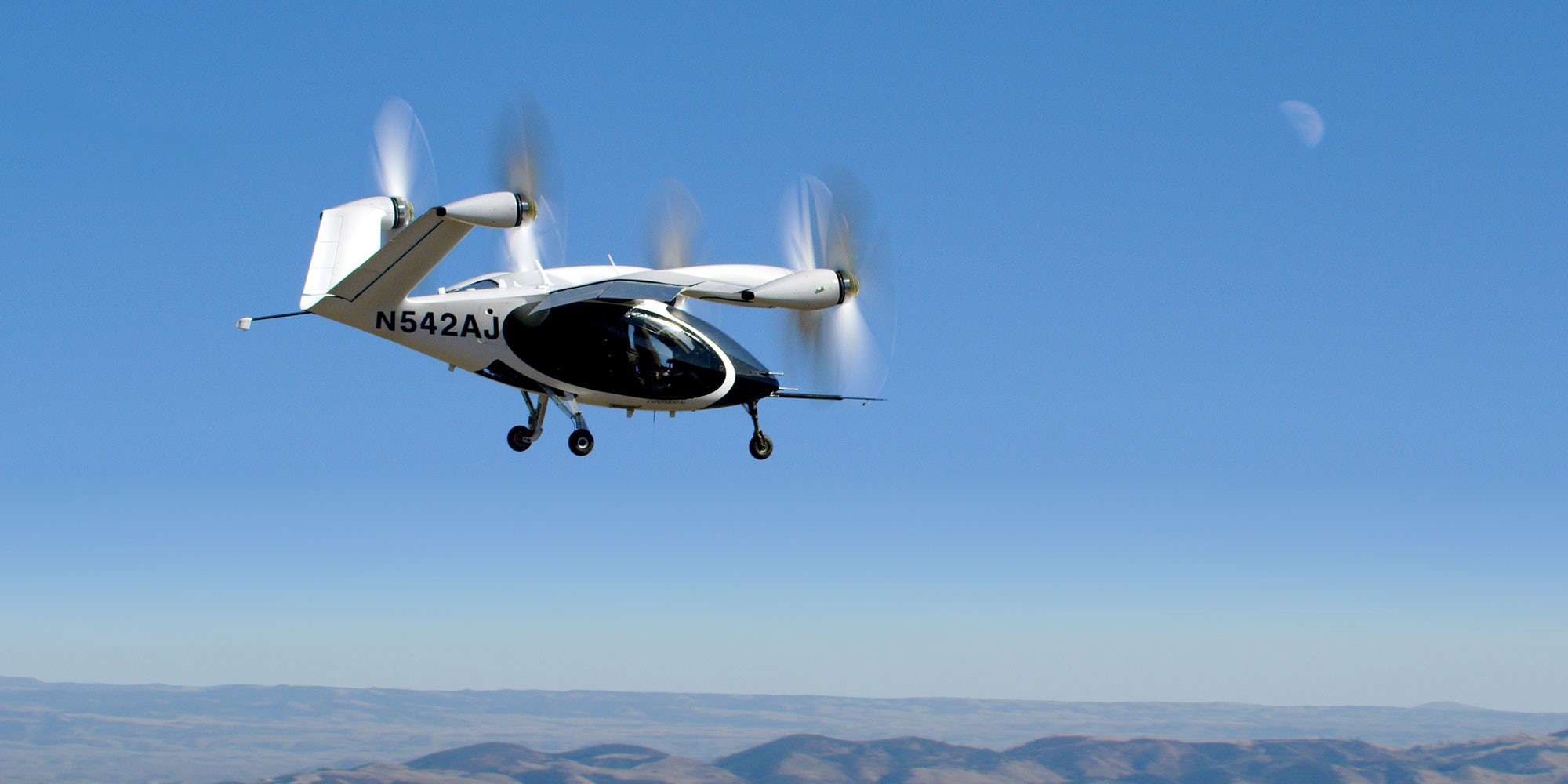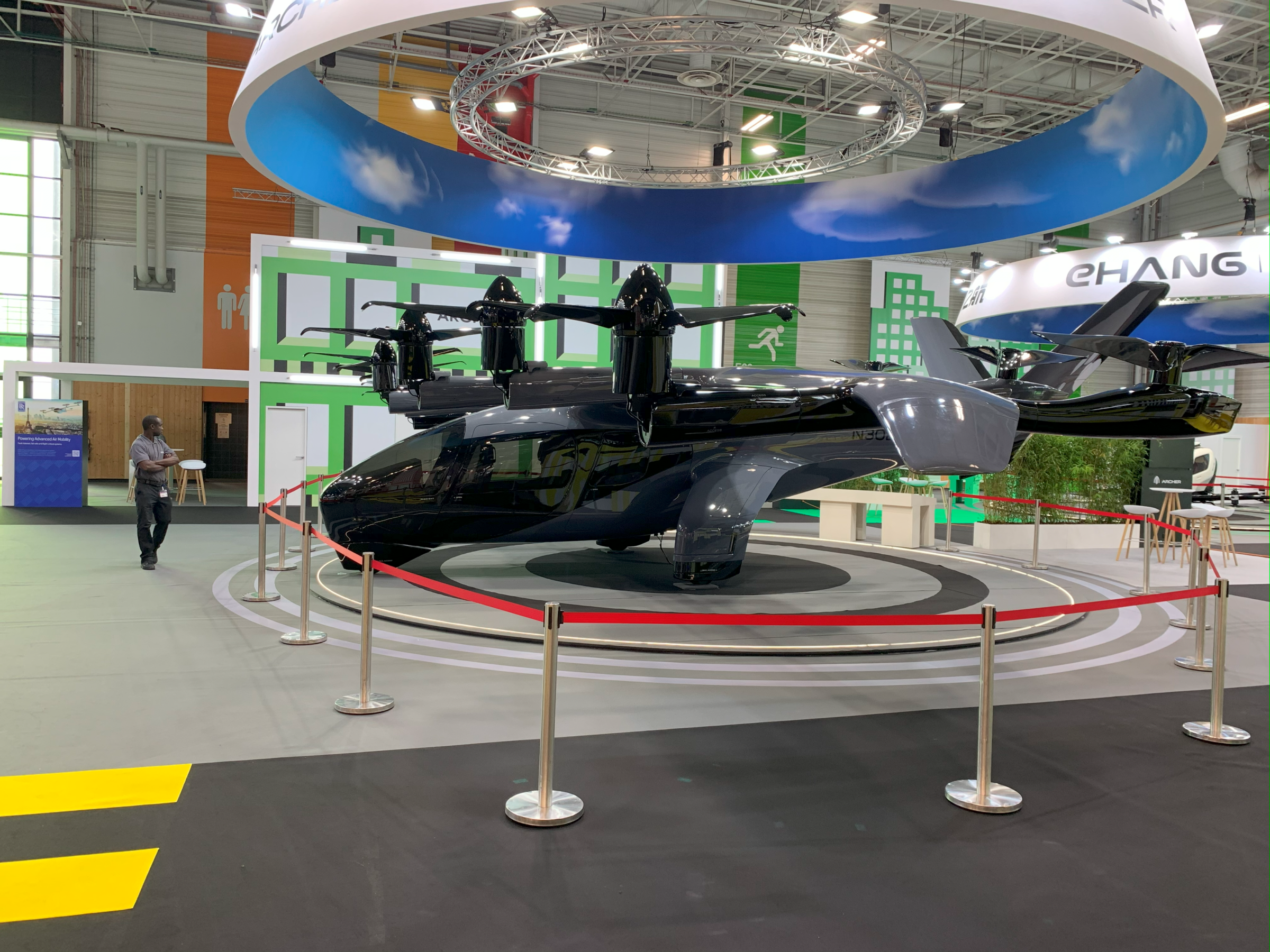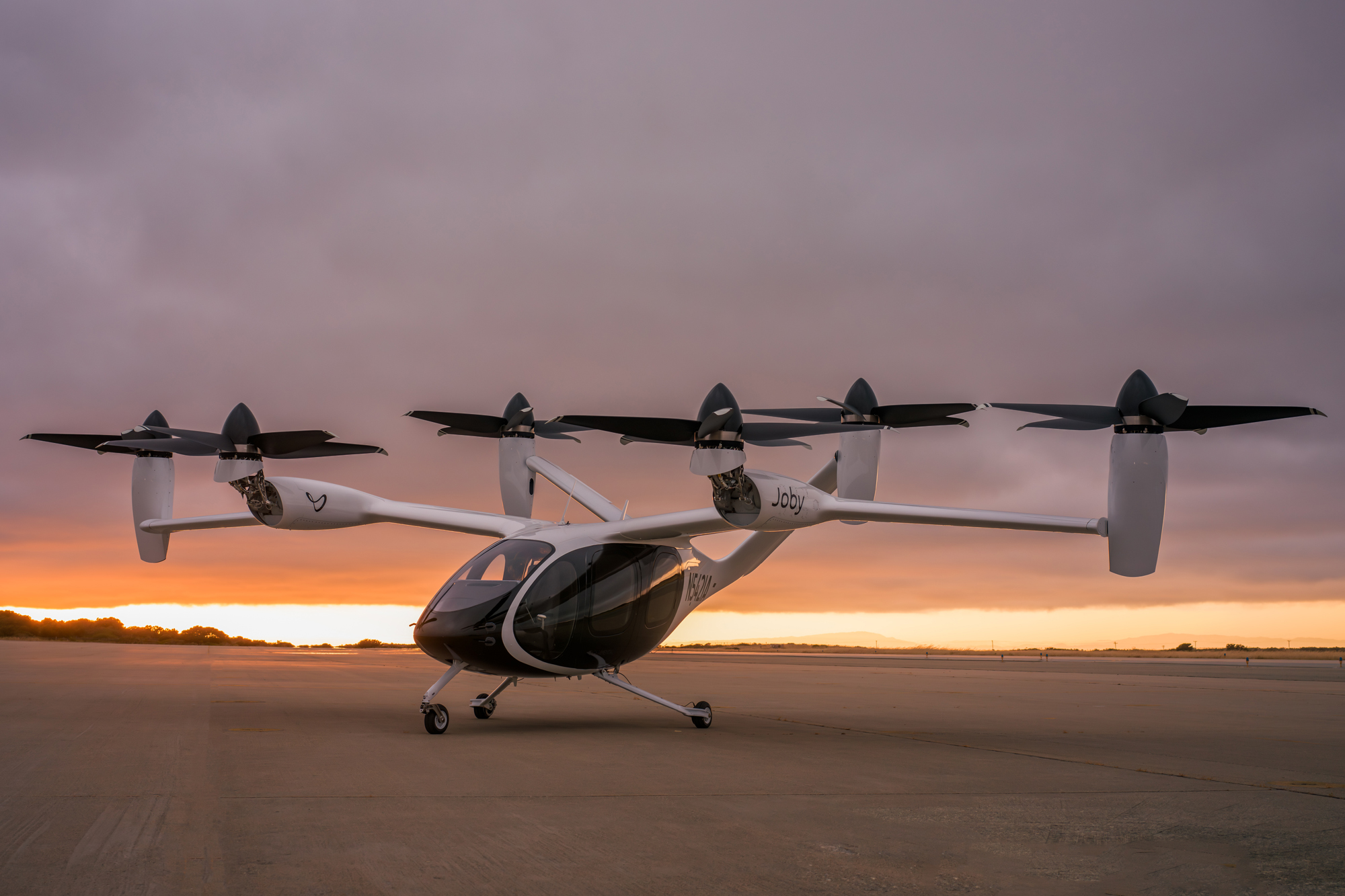Leeham News and Analysis
There's more to real news than a news release.
Heart Aerospace’s revised ES-30, Part 3. UPDATED
Subscription required
By Bjorn Fehrm
October 24, 2024, © Leeham News: We analyze Heart Aerospace’s latest evolution of the hybrid ES-30. The latest version, presented in spring 2024, is a parallel hybrid, putting gas turbine turboprop engines outside the electric motor engines.
After examining what such a parallel hybrid system means for aircraft dimensions and masses, we now fly the aircraft on a typical US short-haul route through our Aircraft Performance and Cost Model (APCM) to assess its operational performance.
Does the ES-30 make operational sense for an airline that needs a short-haul feeder?
Summary:
- The parallel hybrid architecture gives the ES-30 certain operational flexibility to fly routes over 100nm, making it possible to replace present 30 seaters on such short routes.
- However, the operational costs are considerably higher than today’s 30-seaters. As always, the problem is the battery costs.
- UPDATE: Heart Aerospace contacted us after the article was published. The article has been complemented with their information.
Bjorn’s Corner: Air Transport’s route to 2050. Part 1.
October 18, 2024, ©. Leeham News: In Corners over the last years, we have covered new airliner technology and engine developments that would apply to the next-generation airliners in the largest segment of the market, the single-aisle segment, or as we like to call it, the Heart of the Market segment, as it’s not sure it will be a single-aisle aircraft.
The series has assumed this generation will be hydrocarbon-fueled gas turbine-propelled airplanes. Therefore, it has not covered the current state of alternatives to gas turbine-based hydrocarbon propulsion.
We will cover this now. We are now 10 years into the discussions and work of reducing Air Transport’s reliance on hydrocarbon fuels, which started in earnest when Airbus flew the E-Fan battery-electric aircraft at the Farnborough Air Show in 2014, Figure 1.
How are we doing?
Heart Aerospace’s revised ES-30, Part 2
Subscription required
By Bjorn Fehrm
October 17, 2024, © Leeham News: We analyze Heart Aerospace’s latest evolution of the hybrid ES-30 (bottom aircraft in the picture), which replaces the original battery-based 19-seater (top aircraft) and the original ES-30 (mid aircraft).
The latest version, presented in spring 2024, is a parallel hybrid, putting gas turbine turboprop engines outside the electric motors. What are the advantages of the parallel hybrid version, and will it make the Heart ES-30 project more likely to succeed?
We use our Aircraft Performance and Cost Model (APCM) to understand the design choices and the costs involved.
Summary:
- The latest revision of the Heart Aerospace hybrid electric aircraft, the ES-30, takes the hybrid architecture from a serial to a parallel system. It simplifies the architecture.
- Does the revised ES-30 make airline operational sense? We analyze this using our Aircraft Performance and Cost Model.
The Exception to the Green Propulsion Rule
Subscription required
By Bjorn Fehrm
November 30, 2023, © Leeham News: The interest in Green alternative propulsion for airliners started in earnest at Farnborough Air Show 2014, where Airbus flew the E-Fan battery-electric aircraft. What followed was a dense stream of alternative propulsion airliner projects.
They all have in common that nothing much has come out of them. We have a Pipistrel two-seat trainer that can fly for 50 minutes on batteries, but not much else. More elaborate projects have wide slips in their plans, and nine years later, we lack real prototypes for all projects.
We have functional models flying for nine-seat hybrids and 19/30-seat hydrogen fuel cell aircraft that swap one engine for a Green alternative. Of the latter, there is one project that stands out from the rest. It has shown real progress over the last years and has realistic plans for a 55-seat hydrogen airliner that can be operational in three to four years.
We will analyze why the Universal Hydrogen ATR fuel cell project is the exception to the “Green Propulsion Rule,” that nothing comes out of all plans, and why it could be the first Green Propulsion airliner, ending a 10-year draught.
Summary:
- A Green Propulsion project means the airliner does not use hydrocarbon-burning (Kerosene or SAF) gas turbines.
- The project that breaks the rule that nothing seems to reach practical use this side of 2030 is the Universal Hydrogen ATR project.
The reality behind the eVTOL industry’s hyperbole, Part 7.
Subscription required
By Bjorn Fehrm
August 24, 2023, © Leeham News: We have looked at the promises the VTOL industry made in their Investor prospects and what the reality is as the VTOLs come closer to Certification and production.
We started by using Joby and Archer as examples; now, we wrap the series by looking at some other top VTOL OEMs and how their claims have changed as the projects come closer to reality.
Summary:
- Joby Aviation and Archer are not alone in backpedaling on promised performance as certification nears; other OEMs that are investor-financed have the same problem.
- In summary, the VTOLs in the first generation can only fly short-range missions. Longer flights run into energy reserve and cost problems.
The reality behind the eVTOL industry’s hyperbole, Part 6.
Subscription required
By Bjorn Fehrm
August 17, 2023, © Leeham News: We look at the promises that the VTOL industry has made in their Investor prospects and what the reality is as they come closer to Certification and production.
We used our Aircraft Performance and Cost model to understand the data for the typical missions for the Joby S4 and Archer Midnight VTOLs and how the economics pans out for these missions. We now look at the results and compare them to what’s been projected from the OEMs.
Summary:
- We found the VTOL OEM’s economics for the typical 10-minute shuttle flights optimistic.
- When we go back and look at investor deck projections, the cost comparison to helicopter costs were totally off the mark. When we correct this the VTOL is more expensive to operate then an equivalent helicopter.
The reality behind the eVTOL industry’s hyperbole, Part 5.
Subscription required
By Bjorn Fehrm
August 10, 2023, © Leeham News: We look at the promises that the VTOL industry has made in their Investor prospects and what the reality is as they come closer to Certification and production.
After looking at claims of range and utility, we now look at the operating economics. We go through the different cost factors for a VTOL, add them up, and compare them with the industries’ projections.
Summary:
· The VTOL OEMs state their economics for 10-minute shuttle flights while claiming the VTOL can also fly flights four times longer.
· Yes, the VTOLs can indeed fly these longer flights, but then the economics fall apart.
The reality behind the eVTOL industry’s hyperbole, Part 4.
Subscription required
By Bjorn Fehrm
August 3, 2023, © Leeham News: We look at the promises that the VTOL industry has made in their Investor prospects and the reality as they come closer to Certification and Production.
After looking at claims of range and utility, we now look at the operating economics. To do that, we need to predict the net sales price of these machines. We use our Aircraft Performance and Cost Model (APCM) to predict the production cost over time and, thus, the needed net sale price of the VTOLs.
Summary:
- The VTOLs are big; the Archer Midnight is the size of a nine-seater commuter aircraft (Figure 1). Aircraft costs are related to size and weight.
- VTOLs use aeronautical production methods and supply chains for parts and systems. The production costs are, therefore, predictable.
The reality behind the eVTOL industry’s hyperbole, Part 3.
Subscription required
By Bjorn Fehrm
July 27, 2023, © Leeham News: We look at the promises that the VTOL industry has made in their Investor prospects and what the reality is as they come closer to Certification and present their production-level prototypes. We also analyze whether these capabilities will be the final level.
Today we go through the trickiest part of any electric aircraft or eVTOL, the batteries. They are large, very heavy, and the most difficult part to certify on the aircraft, as the battery is dangerous if not designed, produced, and managed correctly.
Summary:
- The battery system of an eVTOL sets restrictions on the operational usefulness of the category.
- The everyday operational utility of VTOLs is far from the industries’ claims.
The reality behind the eVTOL industry’s hyperbole, Part 2.
Subscription required
By Bjorn Fehrm
July 20, 2023, © Leeham News: We look at the promises that VTOL OEMs made in their Investor prospects and the scale-down in capabilities as Certification comes closer. We also analyze whether the reduced capabilities will be the final cuts.
In the end, it’s about how operationally useful real-world eVTOL will be and what mission they do better or cheaper than helicopters. It will decide whether the category will have a breakthrough or not.
Summary:
- The Investor’s presentations from eVTOL OEMs are full of “up to” for speeds and feeds.
- When we use our aircraft and eVTOL performance model, the reality is well short of the claims.




